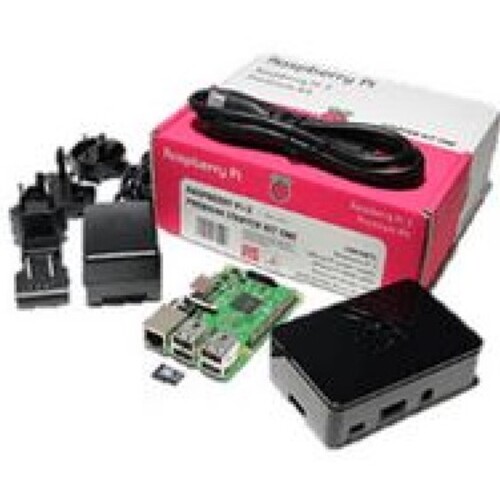Renewable Energy can be generated at various uncontrolled moments. Energy storage provide the capability to separate the moments of generation and usage. The Amsterdam Energy ArenA offers the possibility to learn, develop, experiment and deploy energy storage at urban scale.
The 3 megawatt battery energy storage system in the Johan Cruijff ArenA is now live since 2018. Today, it is one of the largest European energy storage system using second-life and new electric vehicle batteries in a commercial building was made live. This unique project is the result of collaboration between Nissan, Eaton, BAM, The Mobility House and the Johan Cruijff ArenA, supported by the Amsterdam Climate and Energy Fund (AKEF) and Interreg.
Thanks to this energy storage system, the stadium will be able to use its own sustainable energy more intelligently and, as Amsterdam Energy ArenA BV, it can trade in the batteries’ available storage capacity. The ArenA is assured of a considerable amount of power, even during an outage. As a result, the stadium will contribute to a stable Dutch energy grid. The Johan Cruijff ArenA is one of the most sustainable stadiums in the world and leads the way in introducing smart innovations like this unique energy storage system.
Flexible storage capacity. The energy storage system plays an important role in balancing supply and demand of energy in the Johan Cruijff ArenA. The storage system has a total capacity of 3 megawatt, enough to power several thousand households. This capacity also means that the energy produced by the 4,200 solar panels on the roof of the ArenA can also be stored and used optimally. The energy storage system will provide back-up power, reducing the use of diesel generators, and provide relief to the energy grid by flattening the peaks that occur during concerts.
For the energy storage system, The Mobility House provides an intelligent hard- and software solution that manages the battery in multiple use cases. By providing grid services, grid stability is guaranteed and the operation of additional expensive diesel generators for the ArenA is no longer necessary. The required interfaces to the ArenA’s energy management system and to the Dutch grid operator TenneT have been also designed and will be operated by The Mobility House. As next step up to 200 electric vehicle chargers (uni-/bi-directional). The focus here will be to integrate an innovative vehicle-to-grid applications.
With the energy storage system in the Johan Cruijff ArenA, another opportunity is provided to store renewable energies. Thereby the project brings the ArenA one step closer to realizing our vision of an emission-free future. The technology already enables the businesses to commercialize more than 2000 vehicle batteries on the energy markets in various projects as stationary storage systems. Consequently, technically it is already possible to intelligently integrate electric vehicles into the grid to provide grid services. It will bring the energy and automotive worlds even closer together and pave the way for innovative and sustainable business models.
The ArenA battery helps to balance the intermittent nature of renewable energy generation with consistent energy consumption which is essential for a stable grid. We are researching how to our store excess energy during peak generation times. We can release stored energy during periods of low renewable generation or high demand. The battery system act as a buffer, ensuring a continuous supply even when renewables aren’t actively producing. We look at smart grid technologies that monitor real-time energy consumption and adjust supply accordingly. And demand response programs to plan the event energy needs to optimize usage during peak demands. Also by dynamically managing demand and if we cannot match it with available renewable energy draw on the public grid.
Also the development of hybrid system architecture with the stadium in the district as an energy hub for businesses and citizens in Amsterdam Southeast. The system should combine different renewable sources (e.g., solar and wind) to reduce intermittency, and allow citizens to contribute with their renewable energy generation, like solar, bio digesting, and or small windmill. The hybrid systems architecture provide more stable output by leveraging complementary generation patterns.
Especially emerging AI technologies will enable better real-time forecasting and predictive management control models, which can provide optimum management of renewable energy supply, storage and usage by including real-time data concerning weather data and forecasts combined with predictive models to anticipate renewable energy availability. to anticipate - local - demand of the citizens and businesses, the grid operators can optimize energy dispatch based on these predictions.
This project is essential to make the energy transition work for all stakeholders in the district and required holistic approach involving technology, policy, and consumer behaviour is crucial for effective management of renewable energy fluctuations. And to move collectively towards a sustainable, inclusive and prosperous city of Amsterdam.
 Johan Cruijff ArenA
Johan Cruijff ArenA


